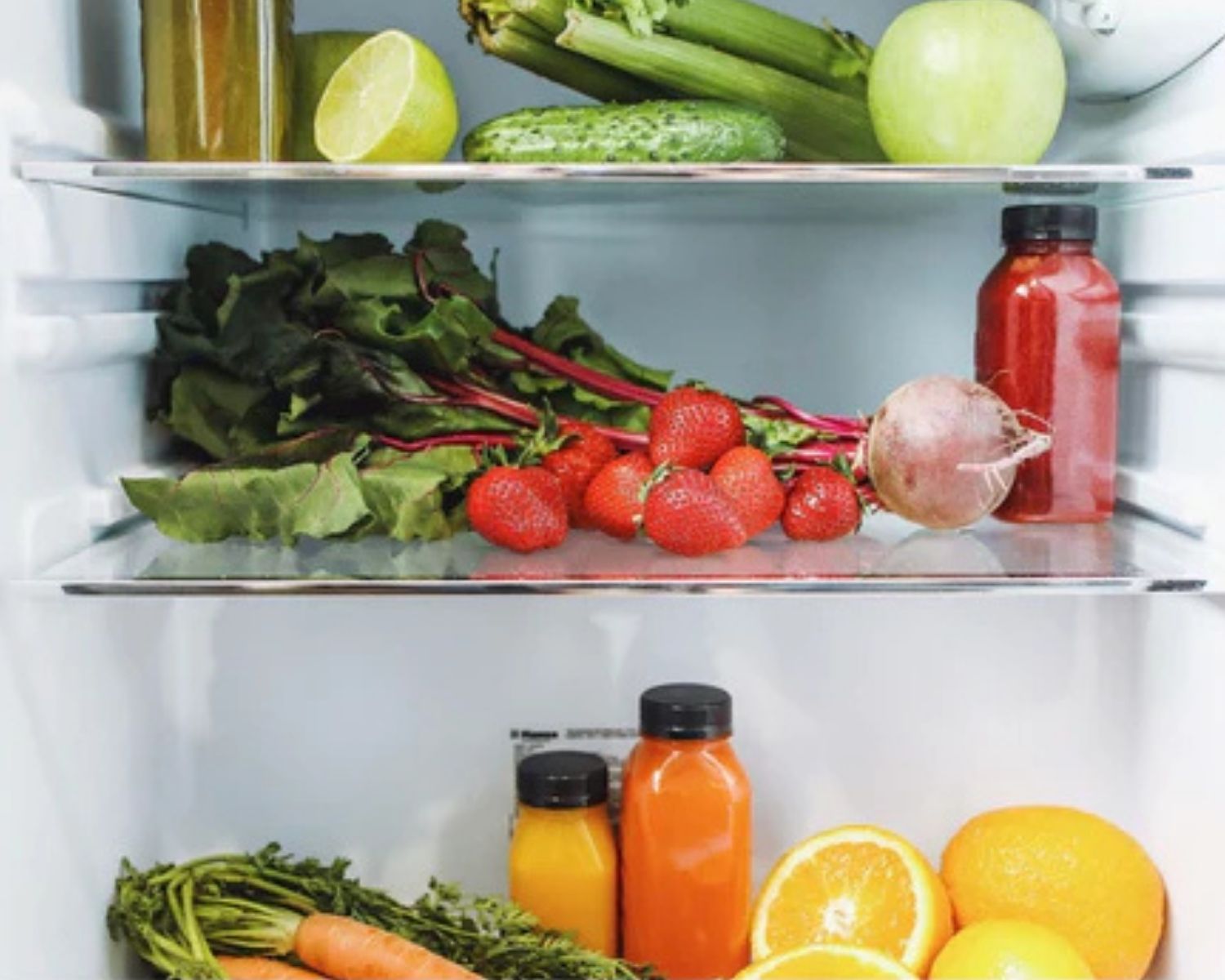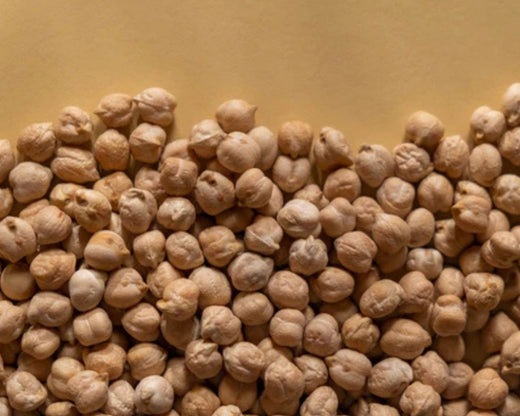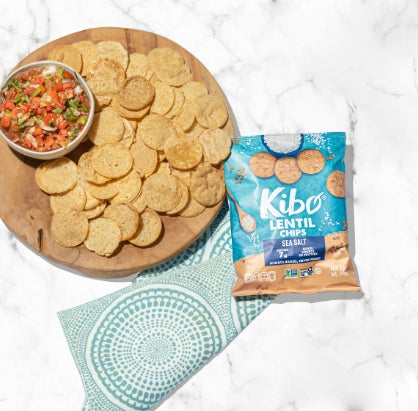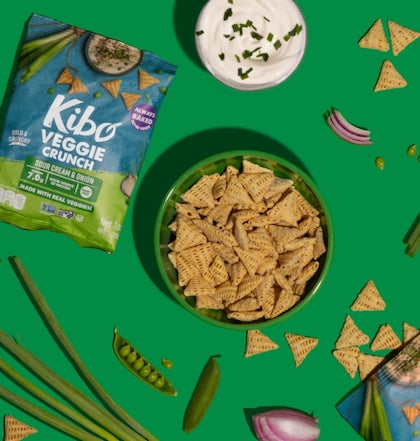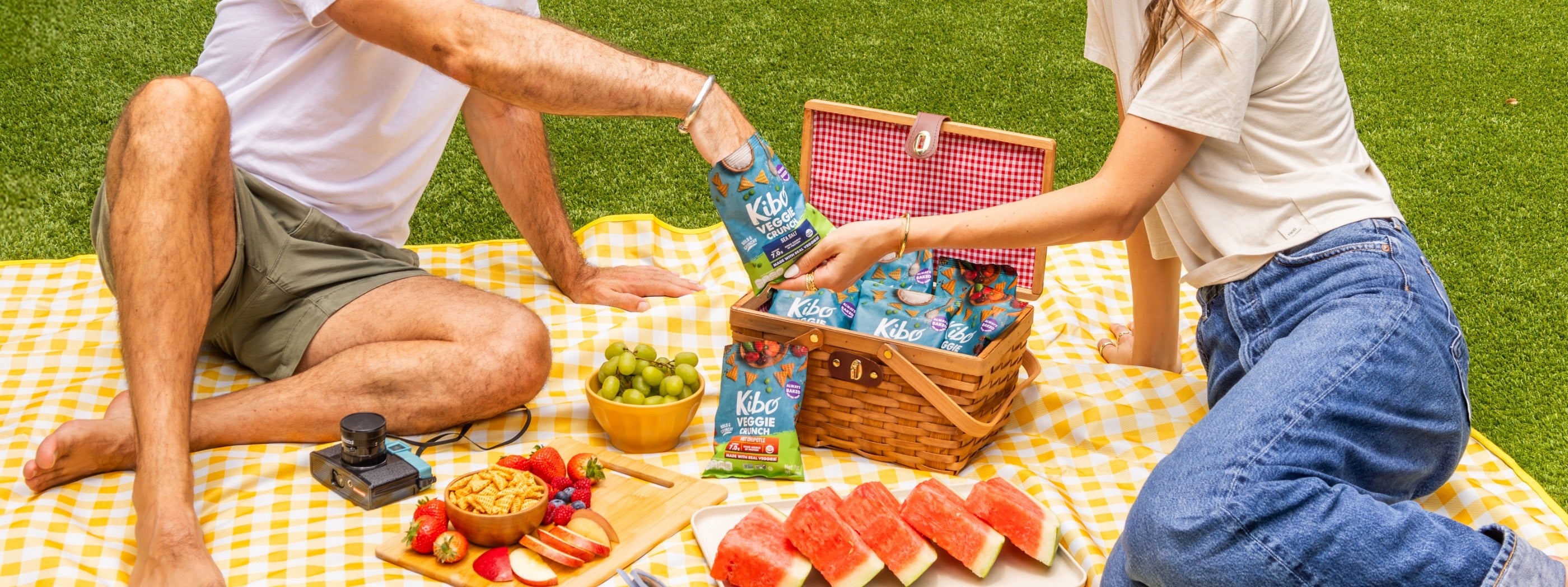We have a food waste problem here in the U.S., and it might surprise you to hear just how much food ends up thrown away instead of eaten. According to the USDA, 30-40% of our food supply is wasted—an unfortunate figure both for our environment and for our food-insecure populations. Ahead, we’ll look at the big picture of food waste, what Kibo is doing to help combat this issue, and steps everyone can take to reduce food waste at home.
Food waste numbers in the U.S.
So how big of a problem is food waste in our country? According to the USDA, we waste 133 billion pounds and $161 billion worth of food every year—food that ends up polluting our environment instead of feeding our hungry. To put it into perspective, the Environmental Protection Agency (EPA) tells us that food waste is the single largest contributor to landfills in the U.S., accounting for 22% of all waste.
Starved for air and decomposing underneath other garbage, this food releases toxic methane gas, a potent greenhouse offender. In fact, landfills are the third largest source of methane emissions globally.

Food waste is also equivalent to throwing away the resources used to produce it—from the lives of the animals to the water, land, and energy that went into the food’s production and distribution.
All this waste is particularly regrettable considering how many people in our country could really use that sustenance. According to the USDA, one in eight Americans struggles with hunger. Diverting food where it’s needed before it becomes waste could be a crucial part of addressing hunger in our society.
How Kibo is making a difference
Ideally, we as a population wouldn’t create so much food in the first place; we’d just distribute it better. According to the Food Recovery Hierarchy created by the EPA and USDA, the best approach to preventing food waste is source reduction. Part of this could include a shift to foods that have low spoilage rates, from cultivation to consumption.
At Kibo, we prioritize practices and partners with a goal of reducing food waste and hunger wherever possible. Not only do we strengthen supply chains that encourage agricultural frontiers like crop substitution, but through our initiatives we also partner with rural communities to supply tools and frameworks so families can grow their own food sustainably. Local solutions like this mean less waste, since transportation and distribution create added opportunities for food loss.
Kibo products are also made using simple, plant-based ingredients with a low wastage footprint. The star ingredients in our Chickpea Chips and Lentil Chips are planet-loving pulses, foods that have a very low rate of spoilage to begin with. These crops are considered drought and climate resilient, so they’re well adapted to withstand harsh weather. Dry pulses can also be stored for long periods of time and transported across long distances without losing their nutritional value or going bad.
Not only that, but these proteins use far fewer resources in the first place compared to animal products. In championing these foods as proteins and offering shelf-stable, plant-based nutrition, we hope to help reduce food waste in meaningful ways.
Other ways you can prevent food waste at home
While waste occurs at all stages of the supply chain, a significant portion happens at the consumer level. In fact, our households account for around 40% of all food waste in the United States. Here are some easy steps we can take to change that.

- Make a grocery list - When we buy things on a whim, it’s likely that we’ll never use them. Plan out some meals for the week with shared ingredients and stick to your grocery list.
- Do some meal prep - Packing your lunches for the week instead of buying your lunch can drastically reduce food and packaging waste (and save you a pretty penny). If you get bored eating the same thing multiple days, try changing up your dish with a different hot sauce, pesto, or dressing each day.
- Join the Clean Plate Club - When you do eat out, try to always say yes to leftovers! Bring tupperware to take home the rest of your food and freeze it if you don’t feel like eating it right away.
- Befriend your freezer - It’s amazing what all you can freeze, from buttermilk to tomato paste to leftover herbs, so make use of your freezer, especially if you don’t love the idea of eating the same leftovers multiple days in a row.
- Share with your neighbors - If you made more than you can eat, share some with your neighbors and friends! Many cities also have free food fridges where you can drop food for those in need, as well as apps for sharing leftovers with others.
- Hack your produce - There are so many good produce-saving tips online these days. Assess which types of produce typically goes to waste first in your fridge, and learn some hacks for keeping those fruits and veggies fresh for longer. Investing in a salad spinner, for instance, can help keep your lettuce fresh for far longer.
- Put your scraps to use - If you still have food waste after these tips, think of ways you can use your food scraps—from regrowing green onions to saving veggie scraps for a broth. If all else fails, composting your food will help it decompose without releasing toxic methane gas.
Limiting food waste, from production to consumption, will be crucial in combating climate change, conserving resources, reducing pollution, and helping feed those who are food-insecure. Simplifying supply chains and improving consumer habits can help us create a more sustainable and equitable food system from start to finish.
Sources:
United States Department of Agriculture, Food Waste FAQS
Environmental Protection Agency, Food Recovery Hierarchy
Feeding America, Food Waste and Food Rescue
NPR, Scientists say landfills release more planet-warming methane than previously thought
 Reviews
Reviews
